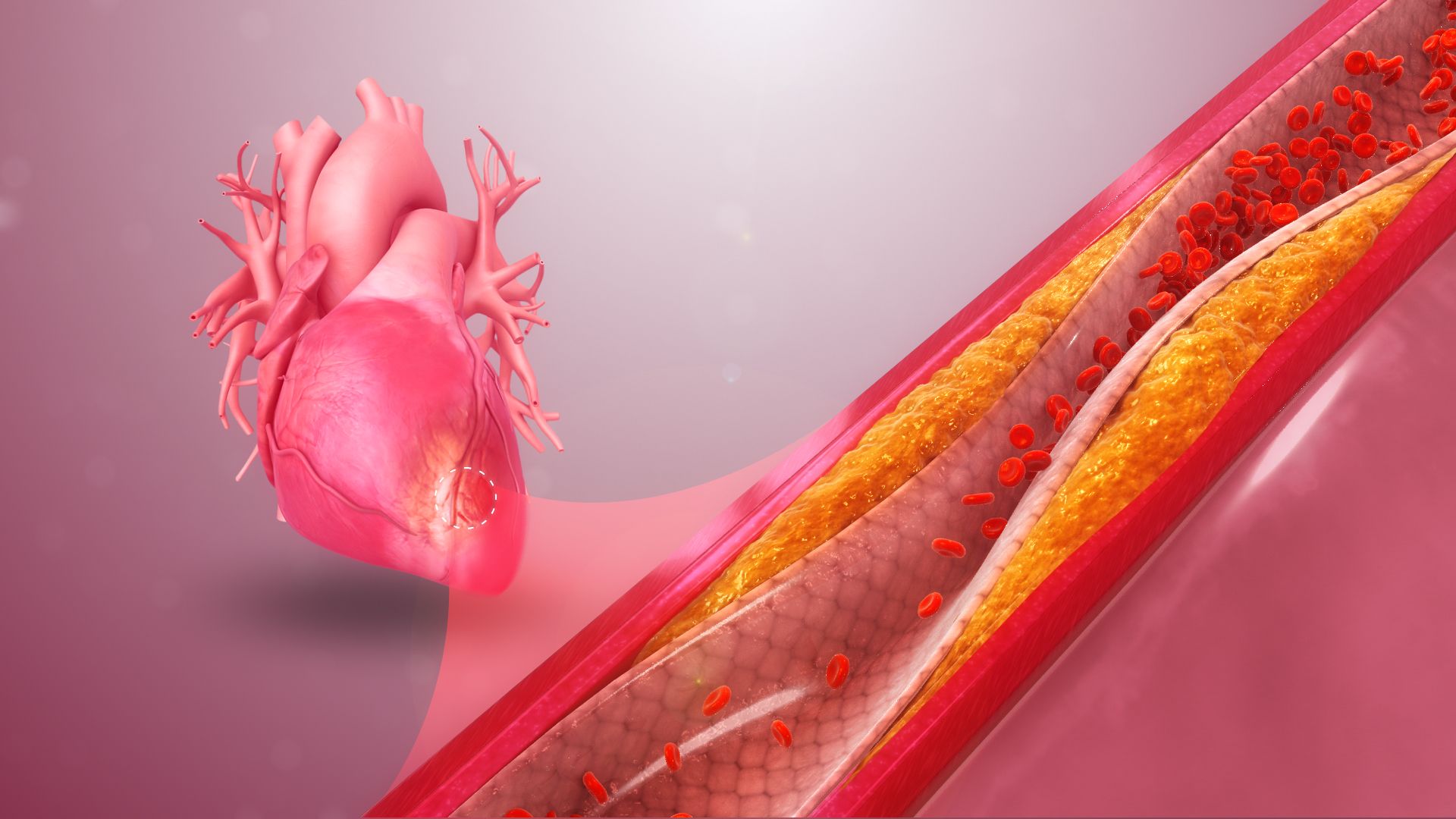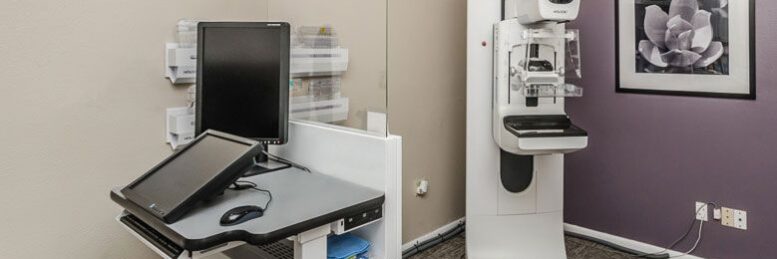A new study has found that routine breast scans are able to help doctors determine the risk a woman may have of developing a cardiovascular disease or heart attack.
Researchers at Kaiser Permanente and University of California, Irvine (UCI) collaborated on the trial which saw the mammograms of over 5000 women between the ages of 60 and 79 reviewed for links to a potential heart disease. The team at UCI studied the women for over six years by reviewing medical records that would give indication to strokes, heart attacks and cardiovascular disease.
Scientists would then study the mammograms for breast arterial calcifications. According to Kaiser Permanente breast arterial calcifications are “calcium deposits that show up on a mammogram as white parallel lines in the breast’s arteries. These deposits, which become more common as a woman gets older, have been shown to be associated with diabetes, high blood pressure, and inflammation; they are not early indicators of breast cancer”.

Comparing both the medical records and mammograms led researchers to discover that women who had breast arterial calcification were 51 per cent more likely to be diagnosed with a heart attack or stroke. Research scientists at Kaiser Permanente Carlos Iribarren said that the findings would go a long way in preventative heart diseases.
“Our findings add to the body of evidence that suggests breast arterial calcification seen on a mammogram of a postmenopausal woman provides additional information that can be used to assess her heart health,” he said.
“Our study has moved the needle in support of revising guidelines for reporting breast arterial calcification on mammography and incorporating this information into the currently used heart disease calculators.”
26.5 per cent of women in the study were found to have breast arterial calcification and of those women, 155 were diagnosed with a heart attack or stroke while 427 women were diagnosed with heart disease. Professor of Radiological Sciences at UCI School of Medicine and Senior Author of the study Sabee Molloi said that making this knowledge useful can only be done through finding “a way to automate and standardise how we evaluate the amount of breast arterial calcification present”.
According to the Australian government over 1.8 million women between the ages of 50-74 have yearly mammograms.





